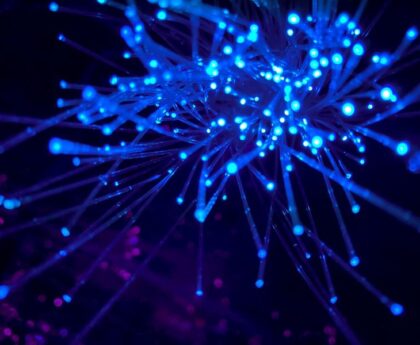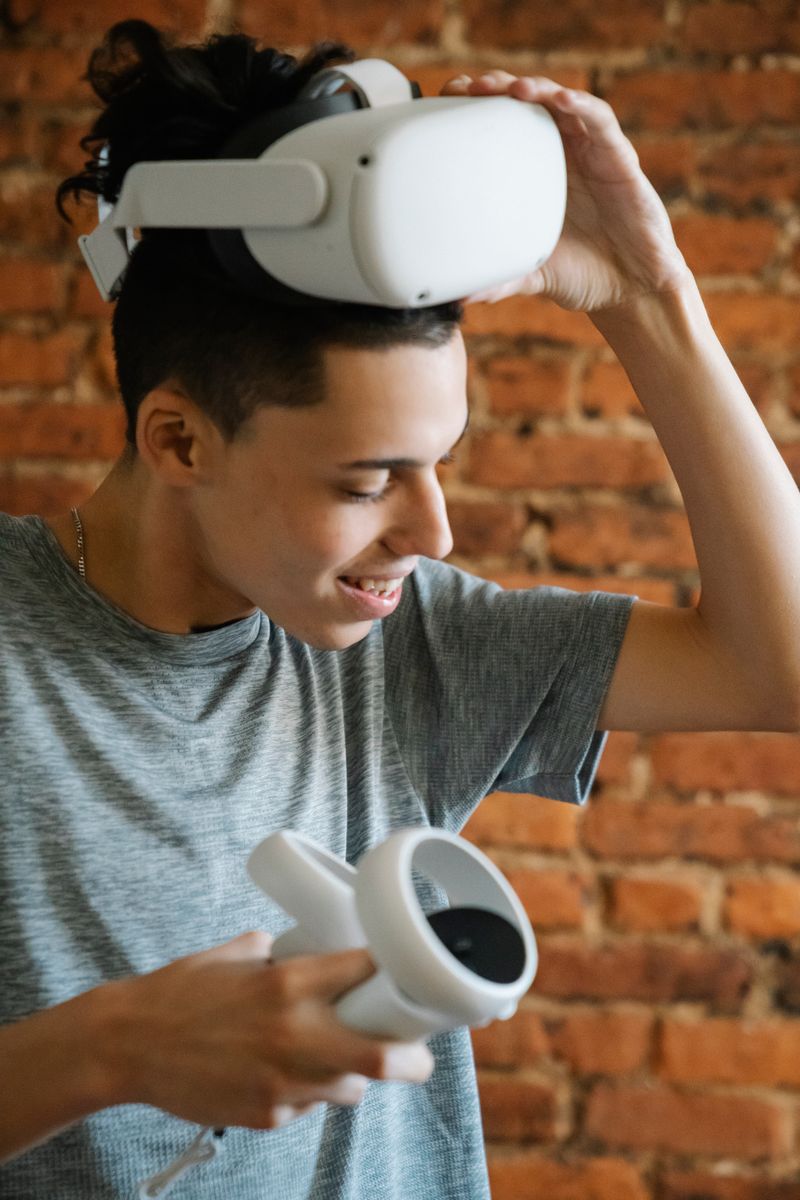NASA detects ‘heartbeat’ in search for Voyager 2 spacecraft 20 billion kilometres away
Key Points:
- NASA has found the Voyager 2 spacecraft after a wrong command severed communication
- The antenna, tilted away from Earth, is only 2 per cent off-kilter
- Controllers may have to wait until October for an automatic reset
- Voyager 2 rocketed into space in 1977 on a quest to explore the outer planets
After days of silence, NASA has heard from the Voyager 2 spacecraft, which is approximately 20 billion kilometres away from Earth. The spacecraft’s antenna was accidentally tilted away from Earth due to a wrong command sent by flight controllers almost two weeks ago. This led to the severance of contact with the spacecraft. However, NASA‘s Deep Space Network, which consists of giant radio antennas spread across the globe, recently picked up a “heartbeat signal” from Voyager 2, indicating that the 46-year-old spacecraft is alive and operational.
The news of Voyager 2’s signal has brought relief and buoyed the spirits of the project team. Suzanne Dodd, the project manager, expressed her delight in an email, stating that the detection of the signal was a positive development. The next step for flight controllers will be to attempt to turn the spacecraft’s antenna back towards Earth. However, they have doubts about the success of this command, and if it fails, they will have to wait until October for an automatic reset.
It is worth noting that the Voyager 2 spacecraft is currently located about four times the average distance between the Sun and Pluto. As a result, it takes more than 18 hours for a signal to travel one way between Earth and Voyager 2. This vast distance poses challenges for communication and troubleshooting efforts.
Voyager 2, along with its identical twin Voyager 1, was launched into space in 1977 with the goal of exploring the outer planets of our solar system. While Voyager 2 is currently more than 19 billion kilometres away from Earth in interstellar space, Voyager 1 is even farther, at 24 billion kilometres. This makes Voyager 1 the most distant spacecraft from Earth.
Analysis and Editorial
The recent detection of a ‘heartbeat signal’ from the Voyager 2 spacecraft is a testament to the remarkable resilience and longevity of this space probe. Despite being launched more than four decades ago, Voyager 2 is still functioning, communicating, and contributing to scientific knowledge about the outer reaches of our solar system. This achievement is a testament to the engineering prowess of NASA and the durability of the Voyager spacecraft.
The accidental severance of contact with Voyager 2 serves as a reminder of the challenges and complexities inherent in space exploration. Even the smallest of errors can have significant consequences when operating at such enormous distances. It demonstrates the importance of precision and careful planning in conducting space missions, especially when dealing with spacecraft that have been in operation for an extended period.
NASA‘s Deep Space Network, which played a crucial role in picking up the Voyager 2 signal, highlights the global collaboration and sophisticated infrastructure required to maintain communication with spacecraft at such vast distances. These radio antennas, strategically positioned around the world, provide critical support for monitoring and communicating with various space missions. The successful detection of the Voyager 2 signal is a testament to the expertise and dedication of the scientists and engineers involved.
Philosophical Discussion: The Cosmic Rhythm
The story of Voyager 2’s recent communication is not just about the technical achievements of NASA but also invites a philosophical discussion. This spacecraft, launched in 1977, continues to explore the furthest reaches of our solar system, providing us with glimpses into the cosmic dance taking place beyond our home planet.
The Voyager spacecraft, with their iconic golden records carrying sounds and images of Earth, serve as emissaries of humanity, carrying our message to the unknown depths of interstellar space. They symbolize the human spirit of curiosity and exploration, reminding us of our innate need to push the boundaries of our understanding and expand our horizons.
The ‘heartbeat signal’ detected from Voyager 2 evokes a sense of connection to an object that has ventured into uncharted territory, a reminder that our human endeavors extend beyond the confines of Earth. It speaks to the rhythm of the cosmos, the ancient dance of celestial bodies, and our place within it.
In a world that often feels divided and disconnected, the story of Voyager 2 offers a broader perspective. It reminds us that our home is not merely limited to the Earth but extends to the vast expanse of space. The images and data collected by Voyager 2 provide a glimpse into other worlds, inspiring wonder and contemplation about our place in the universe.
Advice for Future Exploration
The recent incident with Voyager 2 serves as a reminder of the challenges inherent in space exploration. As humanity continues to push the boundaries of our knowledge and venture further into the cosmos, it is essential to apply the lessons learned from past missions.
Firstly, precision and meticulous planning must remain at the forefront of every space mission. Even the smallest errors can have severe consequences, and attention to detail is paramount to the success and safety of these endeavors.
Secondly, global collaboration and cooperation are vital for the success of space exploration. NASA‘s Deep Space Network, with its network of radio antennas, exemplifies the importance of international partnerships in maintaining communication and support for space missions.
Lastly, the incredible longevity of Voyager 2 and its sister Voyager 1 underscore the importance of durability and resilience in spacecraft design. As we envision future missions to more distant destinations, engineers must strive to create spacecraft that can withstand the harsh conditions of space for extended periods, ensuring their ability to continue functioning effectively.
In conclusion, the recent detection of a ‘heartbeat signal’ from Voyager 2 is a testament to the resilience of this legendary spacecraft. It serves as a reminder of the triumphs and challenges of space exploration and invites us to ponder our place in the vast expanse of the universe. As humanity looks to the future, it is crucial that we learn from our past experiences and continue to push the boundaries of knowledge and exploration in a manner that is meticulous, collaborative, and mindful of the remarkable cosmic rhythm that surrounds us.

<< photo by Diego Farrais Bello >>
The image is for illustrative purposes only and does not depict the actual situation.
You might want to read !
- “A Cosmic Connection: NASA’s Voyager 2 Reconnects with a Celestial Heartbeat”
- UFO Whistleblower’s Shocking Revelation: Explosive Claims of Alien Encounters
- Outback Odyssey: India’s Chandrayaan-3 Embarks on Lunar Exploration
- Bronzed and Baffled: Ray Meagher’s Awkward Encounter at the 2023 Logies
- Grim Chronicles: Unraveling the Tragic Fate of Lucie Blackman
- “Jaylen Brown secures historic supermax deal with Celtics”




